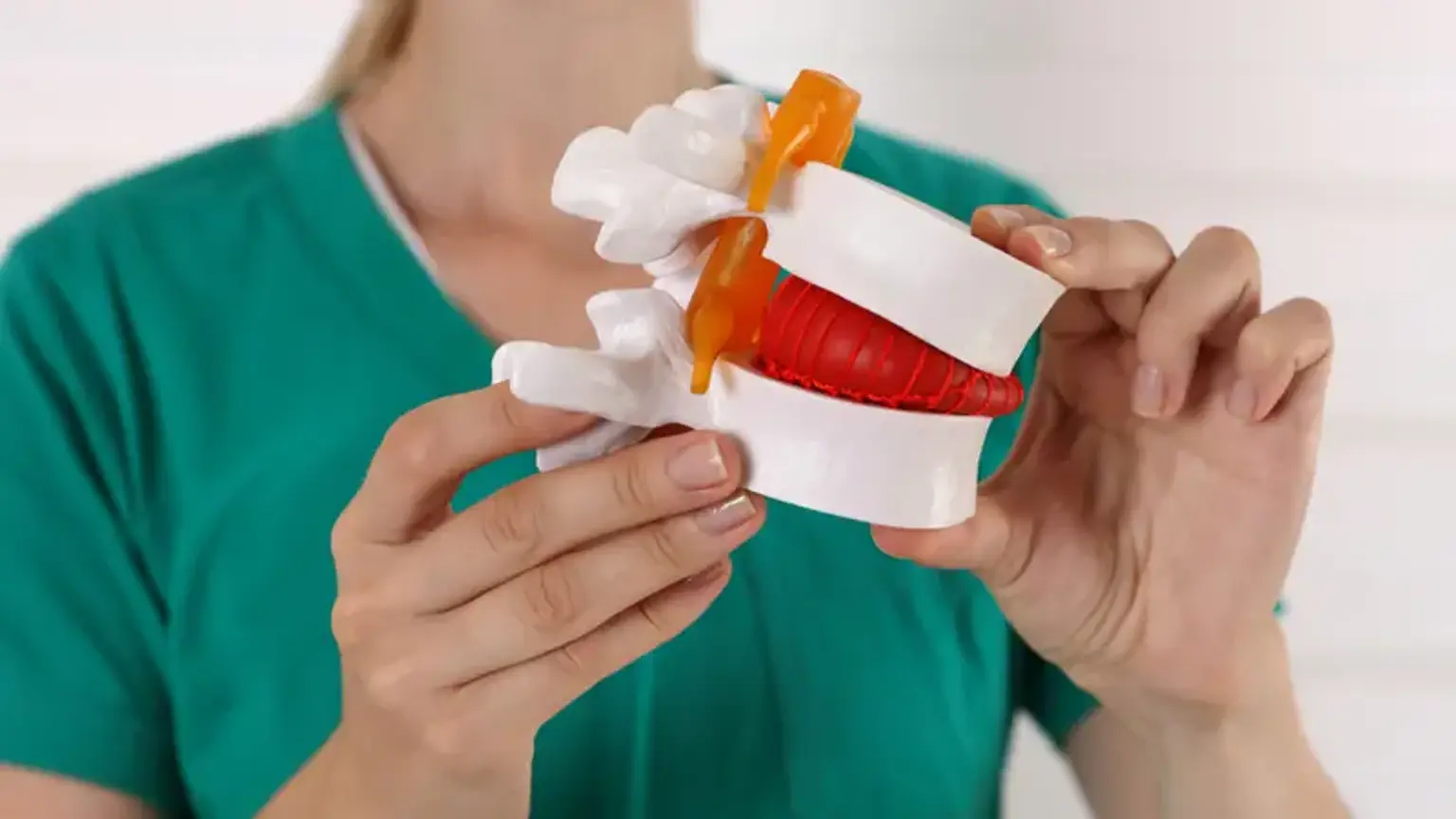Disk Replacement
Degenerative disc disease (DDD) is a condition in which the disc gradually loses its ability to function, resulting in decreased range of motion (ROM) and back pain. Aging, mechanical stress, and some hereditary factors have all been linked to DDD. The disc is an avascular structure, making it vulnerable to damage and unable to regenerate reliably. This helps to explain why DDD is so common.
The disc is capable of acting as a shock absorber between the vertebrae in terms of physiology. It also helps to preserve spinal alignment and increase the range of motion. Loss of alignment causes stress across the facet joint, impingement on neural structures, and pressure on the paraspinal muscles due to intervertebral disc degeneration and collapse. DDD can occur anywhere along the spine, although it is more frequent in the cervical and lumbar regions, resulting in neck and back pain. Despite the fact that it is disabling, the majority of people achieve gradual relief of symptoms without the need for surgery.
In 25–30% of patients with DDD, conservative treatment fails. Discectomy and spinal arthrodesis have historically been the surgical choices. Although arthrodesis is successful at managing pain, it is linked to a number of problems that can have a negative effect on health outcomes. Pseudarthrosis and instrumentation failure are well-known and well-studied consequences of arthrodesis surgery. Furthermore, vertebral fusion lowers spinal ROM and transfers spinal stresses to surrounding vertebrae. This unbalanced load distribution contributes to the occurrence of adjacent segment disease (ASD). Disc arthroplasty is a treatment for DDD that tries to avoid the problems associated with fusion. It is a well-known surgical procedure that has been researched for more than two decades. The basic idea behind disc arthroplasty is to remove the painful disc and restore painless spine movement. Furthermore, one of the goals of arthroplasty is to imitate the biomechanics of a normal disc in order to allow for harmonic load distribution across the spine and prevent ASD.
